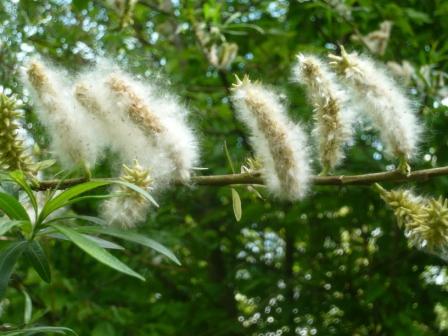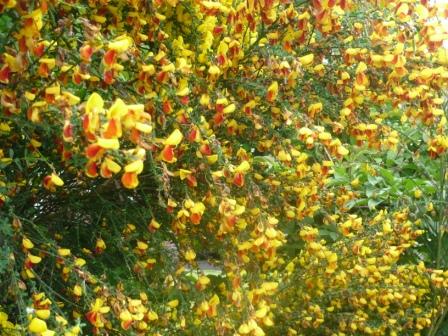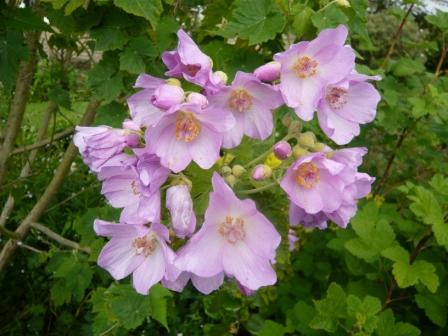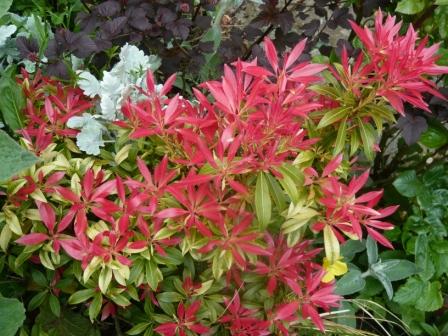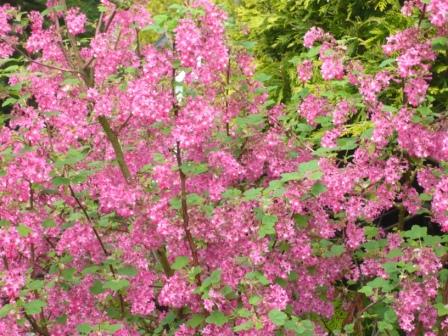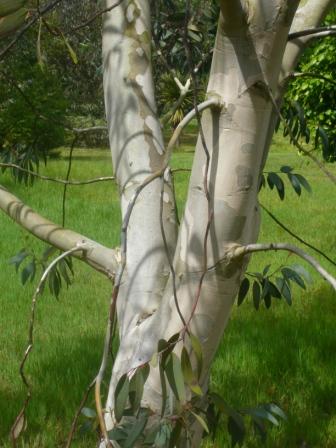Fruit from Cherry Trees

Sweet Cherry are not often grown in UK fruit gardens. To get a good crop of cherries you need several varieties for pollination, it takes 10 years to get a good crop (then birds eat them) and the trees take up a great deal of space. I will get lots of comments to the contrary now.
Going Ahead with Cherries
- Fan train your cherries against a wall and pinch out the growing shoots in June and again in September.
- Add lots of Lime and Potash to feed your Cherry
- Plant Standards 25 feet apart.
- Opt for a self fertile Morello Cherry or Acid Cherry like Kentish Red or Flemish Red
- For early Cherries in June try Early Rivers, Frogmore fruits in July and Emperor Francis in late August.
- For the above varieties check on the pollination requirements when you buy
- Be content to grow Cherries for the blossom that can last 3 weeks in spring.
- Smaller ‘Colt’ rootstock now allow trees to be controlled to 12 feet high.
I was lucky to be walking through this orchard earlier this month in Prague.




